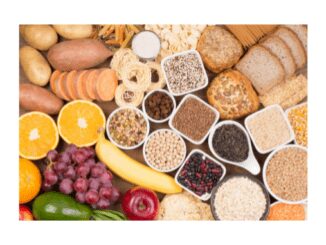
Carbohydrate foods in human nutrition: Role and other functions
Introduction Food serves as the primary source of nutrition for both animals and the human body. When consumed in solid, semi-solid, or liquid forms, it […]

Introduction Food serves as the primary source of nutrition for both animals and the human body. When consumed in solid, semi-solid, or liquid forms, it […]

Introduction Anion exchange vs cation exchange is the two forms of ion-exchange chromatography. These are the two chemical methods used to separate molecules according to […]
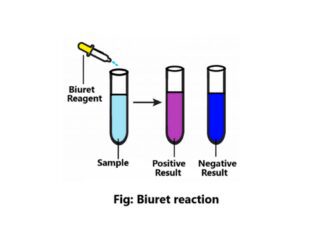
Introduction The biuret reaction is a chemical test for proteins and polypeptides. This test is used for all compounds containing two or more peptide bonds. […]
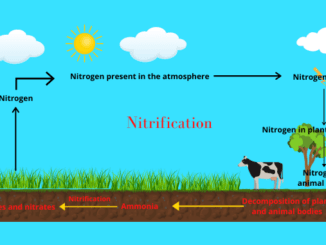
Introduction The atmosphere is the only source of nitrogen with a total amount of about 78%. The nitrification process is one of the steps of […]
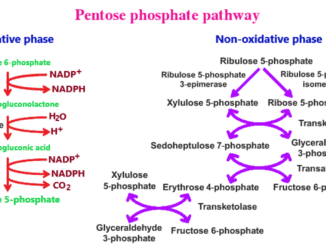
Introduction Besides glycolysis, the carbohydrate can be metabolized by the pentose phosphate pathway. Different types of food items are digested in the nutrition system and […]

Introduction Glycolipids are the component of the cell membrane. Only 5% of lipids in the cell membrane are glycolipids. Lipids are an important biochemical compound […]
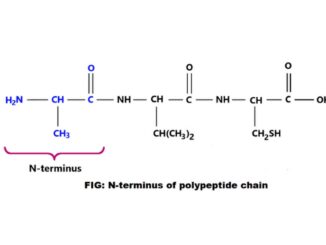
Introduction N-terminus is a residue in a peptide that has an amino group (-NH₂). Amino acid is an essential component of protein. Each amino acid […]
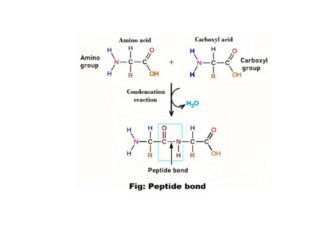
Introduction Peptide bonds are the linkage or attachment of one amino group and one carboxyl group from amino acids. Amino acids are the building blocks […]
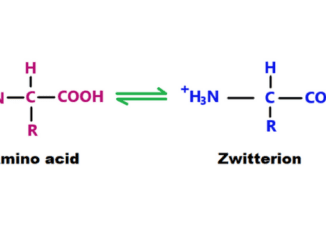
Introduction Amino acids are ionized in an aqueous solution. Those alpha-amino acids having a single amino group and a single carboxyl group crystallize from neutral […]
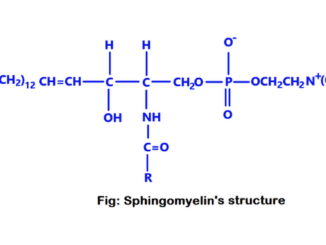
Introduction Lipids are naturally occurring molecules comprising a large group of compounds that are soluble in an organic solvent like chloroform, ether, or benzene, but […]
Copyright © 2025 | WordPress Theme by MH Themes